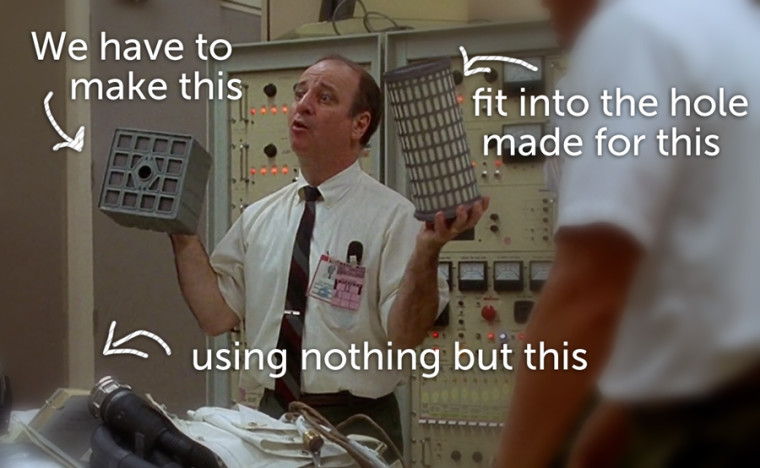The research on how people learn continues to show the value in helping students make meaning and learn through reflection. The process of reflection helps students take a step back to carefully consider that they learned, absorb the information, and process what it means to them. Fortunately, fostering reflection in the classroom can be relatively quick and easy. In today’s post, I share a simple, but powerful reflection activity, Today I Learned, from my book Teaching for Learning.





